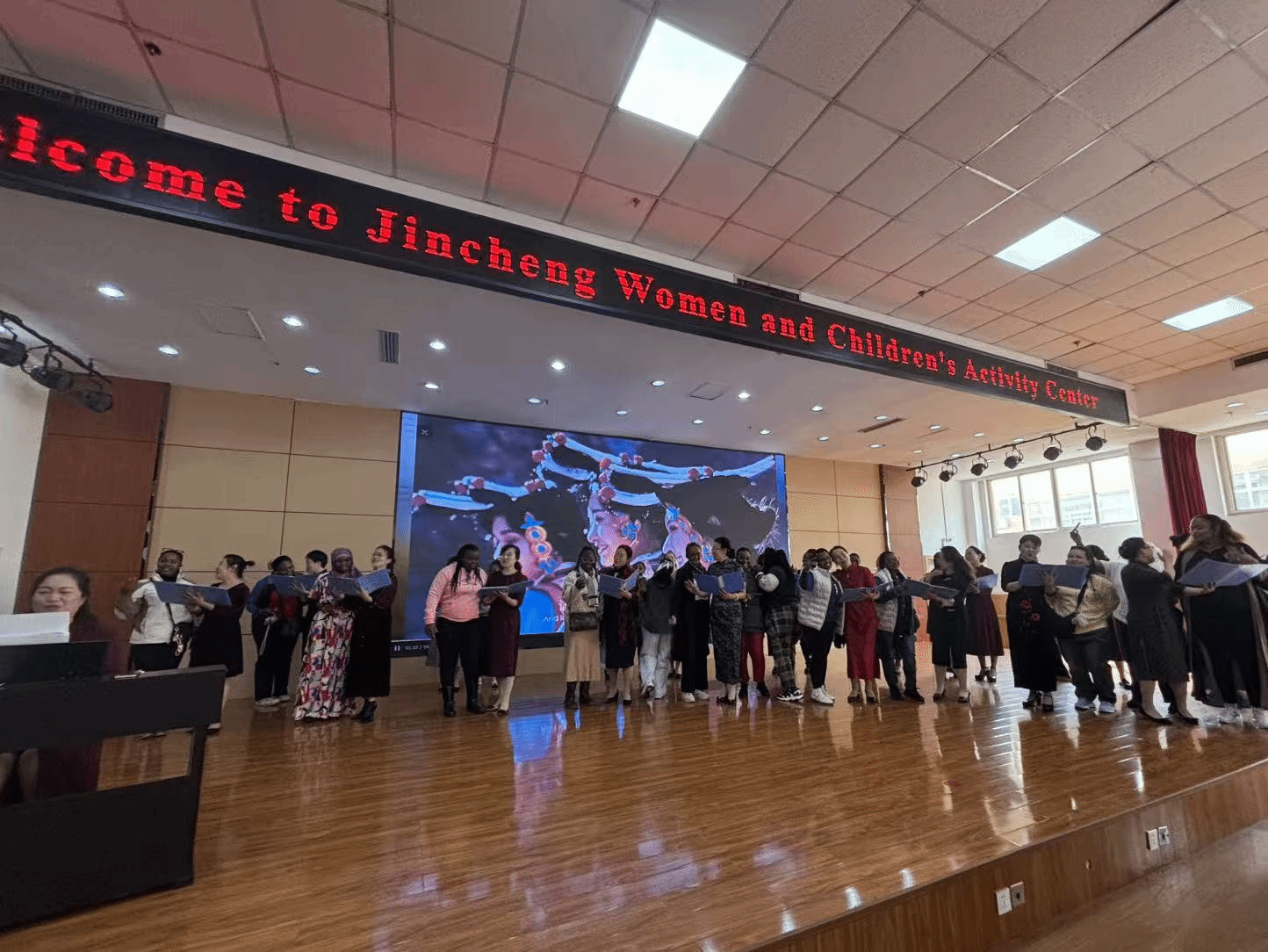To build bridges for exchange on women's development between China and other countries and to help female officials from developing nations deepen mutual understanding of China while integrating professional knowledge with practice, China Women's University (CWU) successfully organized a field study in Shanxi province from November 2 to 7, 2025. The delegation, led by Li Ying, member of the University's Standing Committee of the Party Committee and Vice President, included 40 international master's students from 18 developing countries participating in the university's IMSW program. The study took place in the cities of Changzhi and Jincheng.
Centering on the theme of "Empowering Female Leadership," the program employed diverse formats such as symposiums and field visits. This allowed the international participants to gain an immersive experience of China's practical achievements in areas like women's empowerment, cultural preservation, and industrial development. They witnessed firsthand the exemplary leadership of Chinese women across various sectors, injecting fresh momentum into international cooperation for women's development.
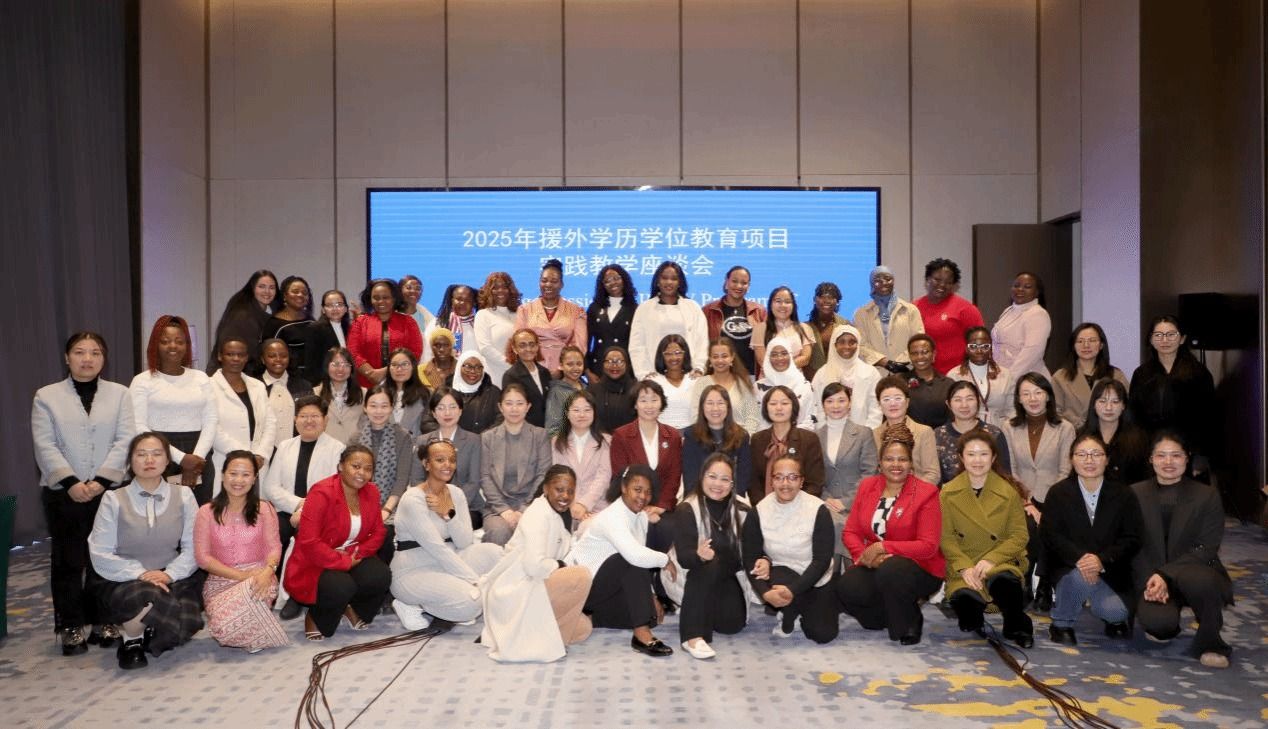
Symposiums: Building Consensus on International Women's Development and Leadership Cooperation
The field study commenced with a thematic symposium in Changzhi titled "Women's Organizations Leading Women's Development." In her opening address, Vice President Li Ying emphasized that CWU consistently regards "building bridges for international exchange and cooperation and promoting global gender equality" as a core value of its foreign aid education initiatives. She stated that this Shanxi field study provided a vital platform for mutual learning and collaborative development among women officials from China and abroad.
During the symposium, the President of the Changzhi Women's Federation shared the Federation's experience in coordinating resources to create platforms for women's development, nurturing female leaders, and implementing gender equality policies. This showcased the critical role women leaders play in resource integration and institutional innovation. Two outstanding female entrepreneurs shared their respective journeys in scaling up agricultural businesses and pursuing independent innovation in biotechnology. Their stories of driving income growth and creating value for women across their industrial chains served as powerful illustrations of the diverse forms and practical impact of female leadership.
Participants from Africa, Asia, Latin America, and other regions actively shared the status of women's development and policy practices in their home countries. They engaged in lively discussions with local Women's Federation representatives and entrepreneurs on topics such as "Strategies for Women Leaders to Break Gender Barriers" and "Pathways to Enhance Leadership in Grassroots Women's Organizations." This exchange provided valuable insights for cross-border collaboration in building women's leadership.
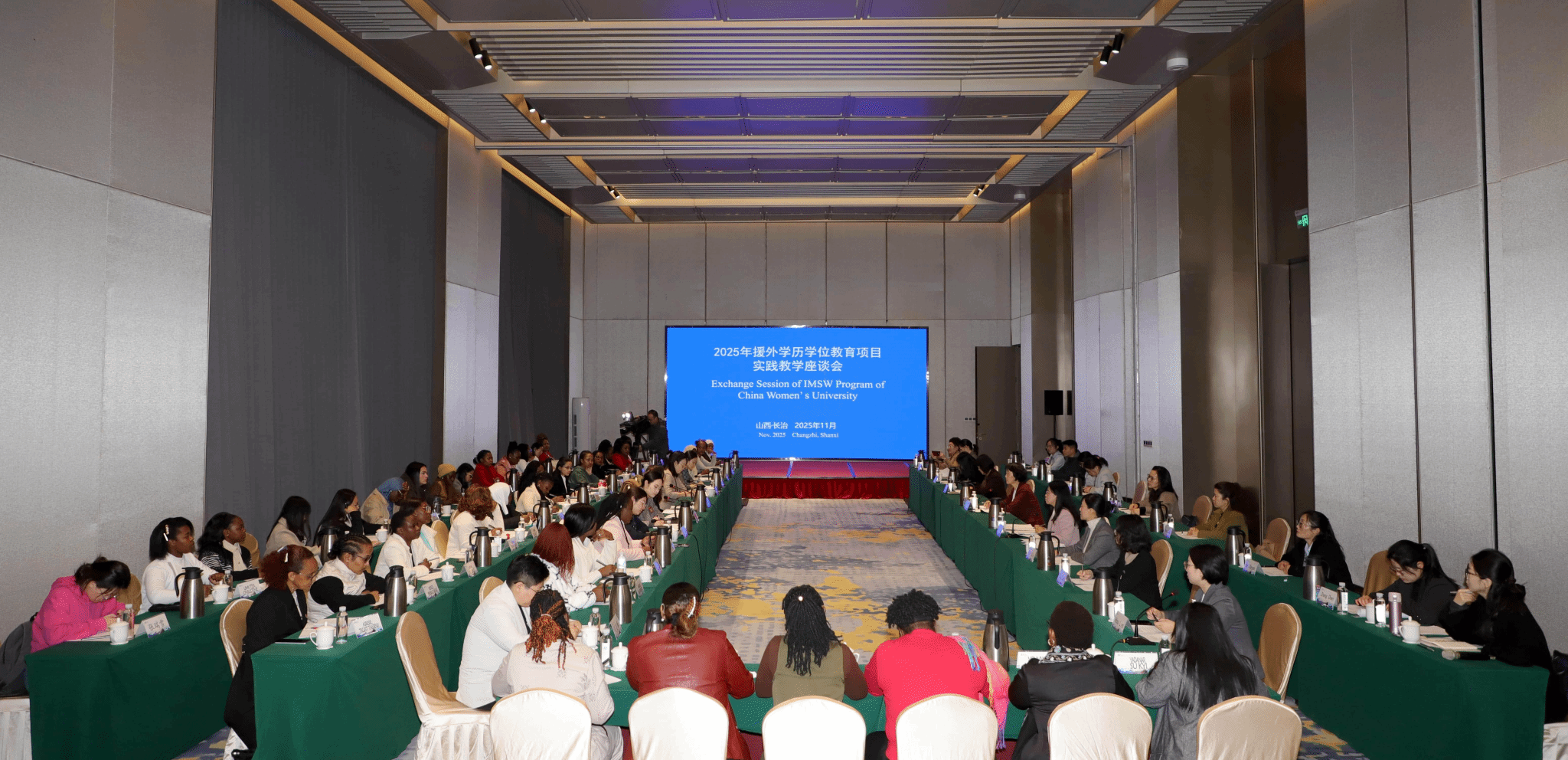
Field Visits: Strengthening the Foundation of International Cooperation through Practical Exchange
Following the symposium, the participants conducted field research at multiple sites in Changzhi and Jincheng, gaining practical, on-the-ground perspectives into the leadership of Chinese women across various fields including ecology, culture, industry, and community services.
In Changzhi, at the Zhangze Lake National Urban Wetland Park, the female management team demonstrated systematic thinking and execution capabilities in ecological governance. Their approach of coordinating ecological protection with livelihood improvement has transformed the area into an educational base and created opportunities for local women in environmental maintenance and cultural tourism services. The female lead of the Lihou Tiger intangible cultural heritage workshop, through her dedication to preserving cultural heritage and keen market sense, established the "Taihang Craftswomen" entrepreneurial alliance. This "training + R&D + sales" integrated support system has enabled flexible employment for thousands of rural women, revitalizing traditional culture through industrial leadership. At Zhongde Investment Group and Zhendong Group, female managers, including R&D directors and department heads, showcased their professional expertise and decisive decision-making, playing pivotal roles in technological innovation and corporate governance, thus highlighting the leadership of women in modern industries.
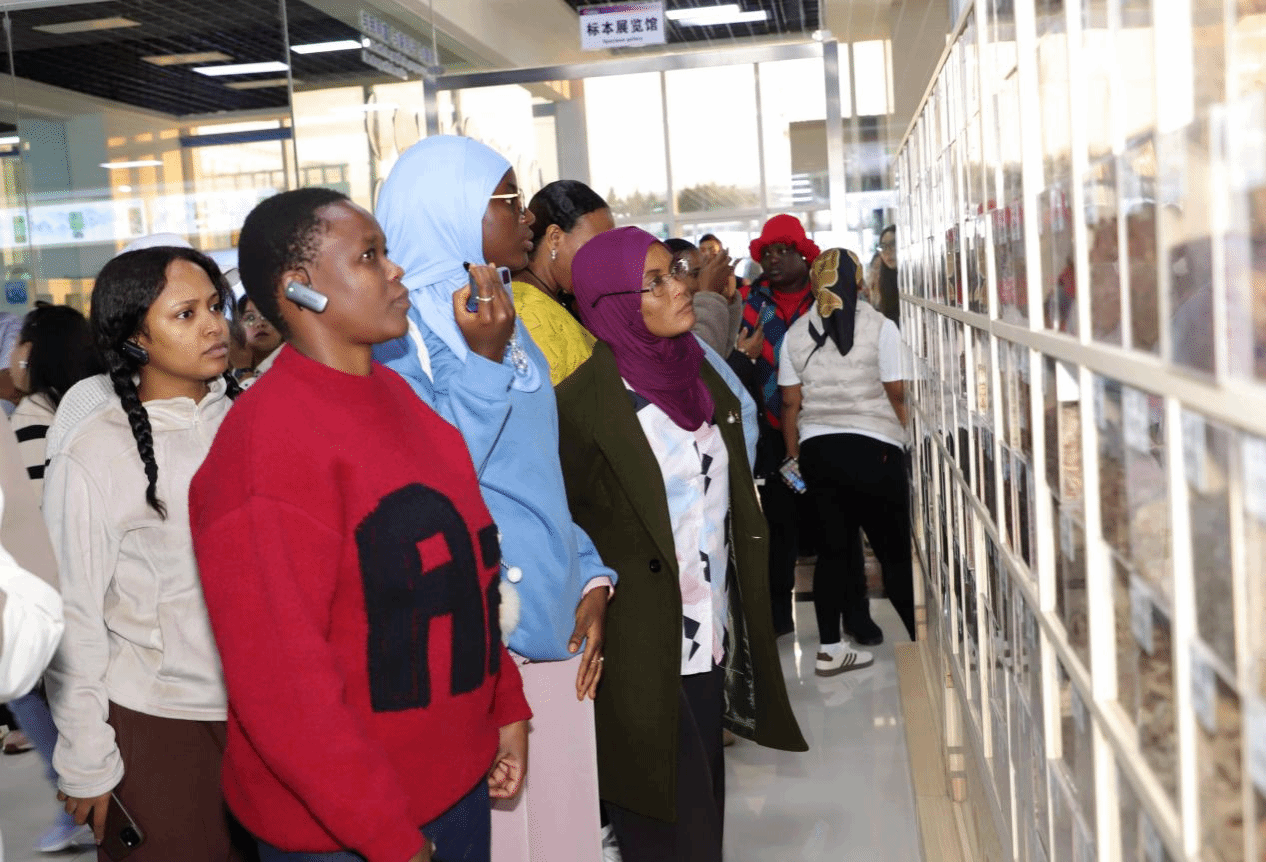
In Jincheng, the Women and Children's Activity Center, established by the municipal Women's Federation, offers integrated training, education, and development services. Its "needs-oriented, targeted intervention" management model provided valuable inspiration for the participants. At cultural landmarks like Zhongmiao Village and Xizhen Suzhuang, the model of integrating cultural heritage with tourism development was observed. This initiative involves women in exploring traditional resources and standardizing services, revitalizing ancient villages and demonstrating the power of women in grassroots governance. At Yujiahao Silk Industry and Qiao's Enamel Museum, female inheritors of intangible cultural heritage are not only preserving traditional skills with artisan spirit but also driving the integration of traditional industries with the modern market through innovative thinking. Their sector leadership safeguards cultural roots while expanding development space, making traditional crafts a bridge for cross-cultural exchange. The "Women's Mediation Team" in Dongsheng Community, led by female community members, utilizes patient communication skills and fair principles to resolve neighborhood disputes and build community consensus, serving as a "warm force" in grassroots social governance.
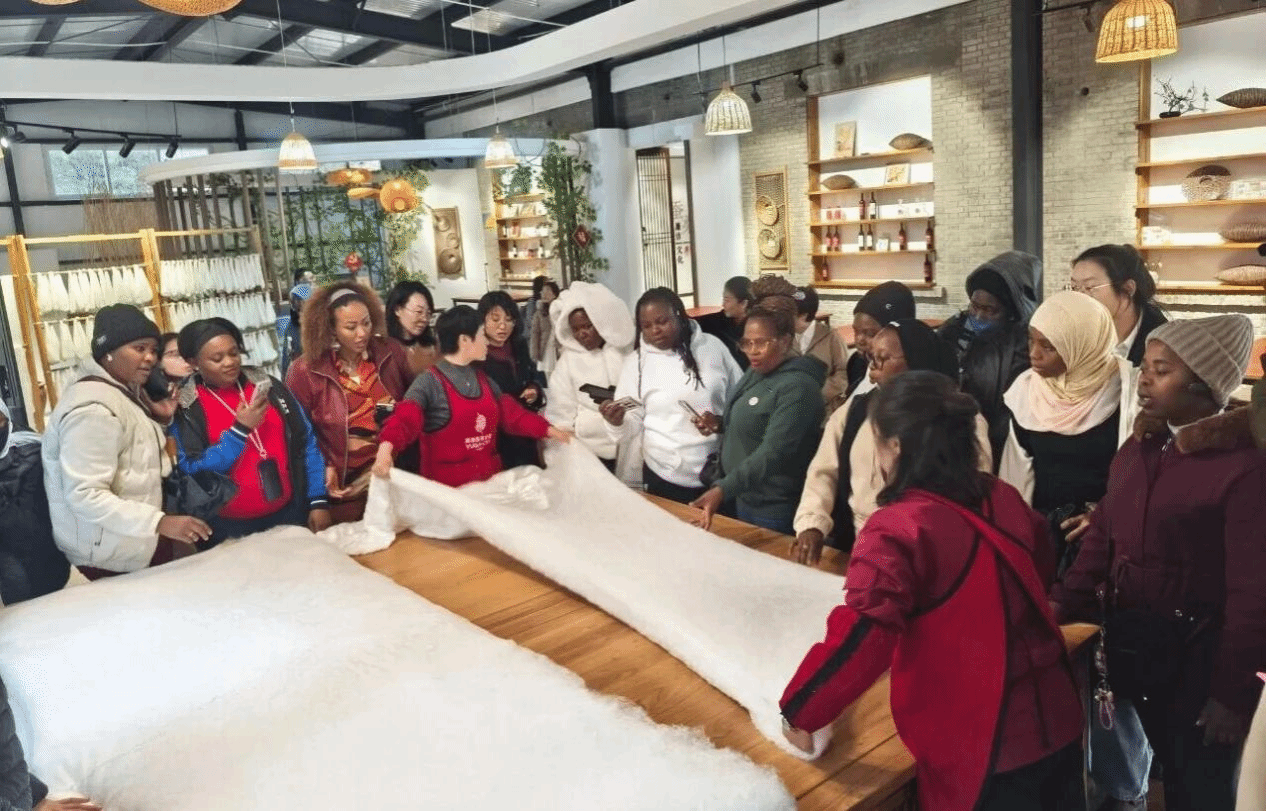
Moving Forward Together: Fostering a New Ecosystem for International Exchange on Global Women's Development
This Shanxi field study was an integral component of CWU's foreign aid degree education program. It served as a vivid demonstration of the University's commitment to its mission of "promoting gender equality, nurturing female leadership, and fostering exchange and cooperation between Chinese and international women."
Through the intensive six-day program, the international participants not only witnessed China's remarkable achievements in women's empowerment, cultural heritage protection, ecological conservation, and community governance but also gained in-depth knowledge of the practical leadership experience of Chinese women in various roles.
The participants expressed that the study provided them with a deeper understanding of the essence of female leadership. They found the Chinese women's capabilities in coordination at the grassroots level, innovation and leadership in industrial development, and empathetic service in social provision to be highly informative and inspirational for their own work.
Looking ahead, China Women's University will continue to serve as a bridge and nexus, contributing women's wisdom and strength to the advancement of global gender equality, the comprehensive development of women, and the building of a community with a shared future for humanity.
